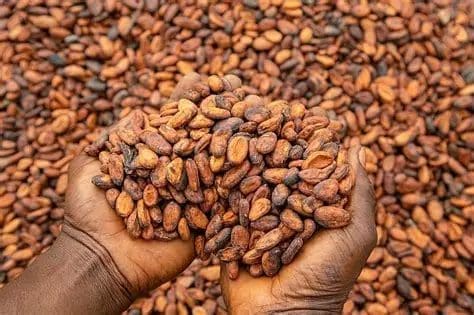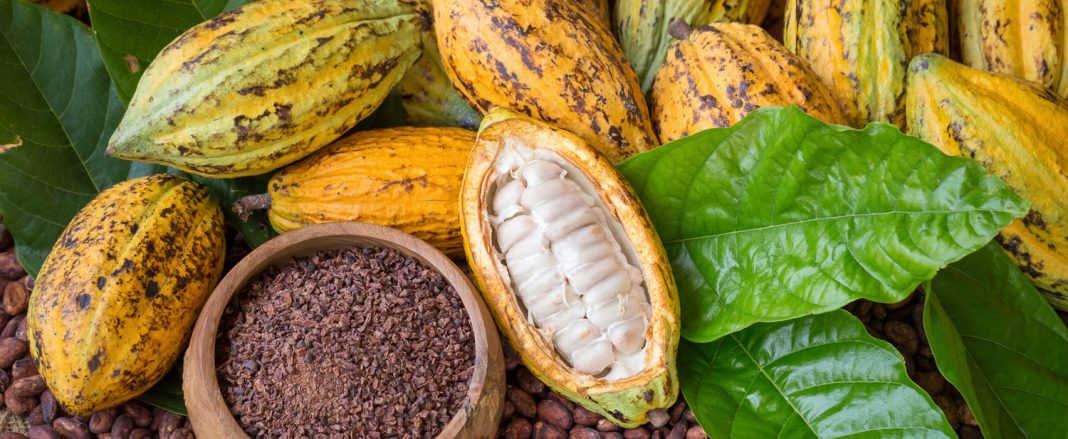
Ghana’s cocoa farmers are now receiving better prices than their Ivorian counterparts in foreign currency terms, thanks to a combination of farmgate increases and the cedi’s sharp appreciation against the dollar, a development that could significantly reduce cross-border bean smuggling.
Finance Minister Cassiel Ato Forson recently announced an increase in the farmgate price to ₵3,625 per 64-kilogram bag, up from ₵3,228.75. That translates to roughly $338.32 per bag at current rates, marking the second upward adjustment this cocoa season. The announcement came just one day after Ivory Coast raised its state-set price by 27% to 2,800 CFA francs per kilogram, the highest in that country’s history.
But here’s where currency dynamics changed everything. When converted at the new exchange rate of ₵10.70 to the dollar, Ghana’s cocoa price now equals approximately $5.29 per kilogram, or around 3,247 CFA francs. That actually exceeds Ivory Coast’s benchmark price, reversing what had been a persistent disadvantage for Ghanaian farmers.
The shift is dramatic when you consider where things stood earlier this season. When the cedi was trading at ₵12.54 per dollar, the same Ghanaian farmgate price translated to just $4.52 or 2,545 CFA francs per kilogram. At that exchange rate, Ivorian beans were about 20% more profitable, creating a massive incentive for smuggling.
According to Ivorian regulators, between 100,000 and 150,000 tonnes of cocoa beans were smuggled across borders last season alone as farmers chased better prices. The cedi’s rebound has essentially closed that arbitrage window, potentially keeping more Ghanaian cocoa within official channels.
The situation highlights how currency movements can reshape agricultural trade patterns without any change in domestic pricing policy. Ghana earns its cocoa revenues in dollars but pays farmers in cedis, so when the local currency strengthens, each dollar converts into fewer cedis. That lifts the crop’s foreign exchange value and makes Ghanaian cocoa more competitive internationally.
However, there’s a flip side to this currency strength. While it discourages illicit trade and supports macroeconomic stability, it could squeeze Cocobod’s profit margins if export earnings can’t keep pace with higher local payouts in dollar terms. The cocoa marketing board will need to carefully balance farmgate pricing with exchange rate trends to maintain both farmer incentives and sustainable operations.
Ivory Coast’s price increase also carries political undertones. The adjustment comes just weeks before a presidential election, a traditional moment for governments to court rural voters through higher producer prices. Ghana’s move, by contrast, appears more economically defensive, responding to both market pressures and the smuggling drain.
Yet even with better pricing parity, Ghana’s fundamental cocoa challenges haven’t disappeared. Production has declined steadily over the past five years, undermined by poor yields, climate pressures, chronic under-investment, and the devastating loss of farmlands to illegal mining activities. Some industry analysts warn that Ecuador could soon overtake Ghana as the world’s second-largest cocoa producer if current trends continue.
For now, though, the cedi’s firm footing has delivered Ghana a short-term tactical advantage. The stronger currency, combined with strategic price adjustments, has narrowed the smuggling window and improved the country’s competitive position in the global cocoa market. Whether that advantage can be sustained depends largely on how long the cedi maintains its current strength and whether Ghana can address its deeper production challenges.
The cocoa sector remains vital to Ghana’s economy, and maintaining farmer confidence through competitive pricing will be essential as the country works to reverse its production decline and protect its position among the world’s top cocoa exporters.
